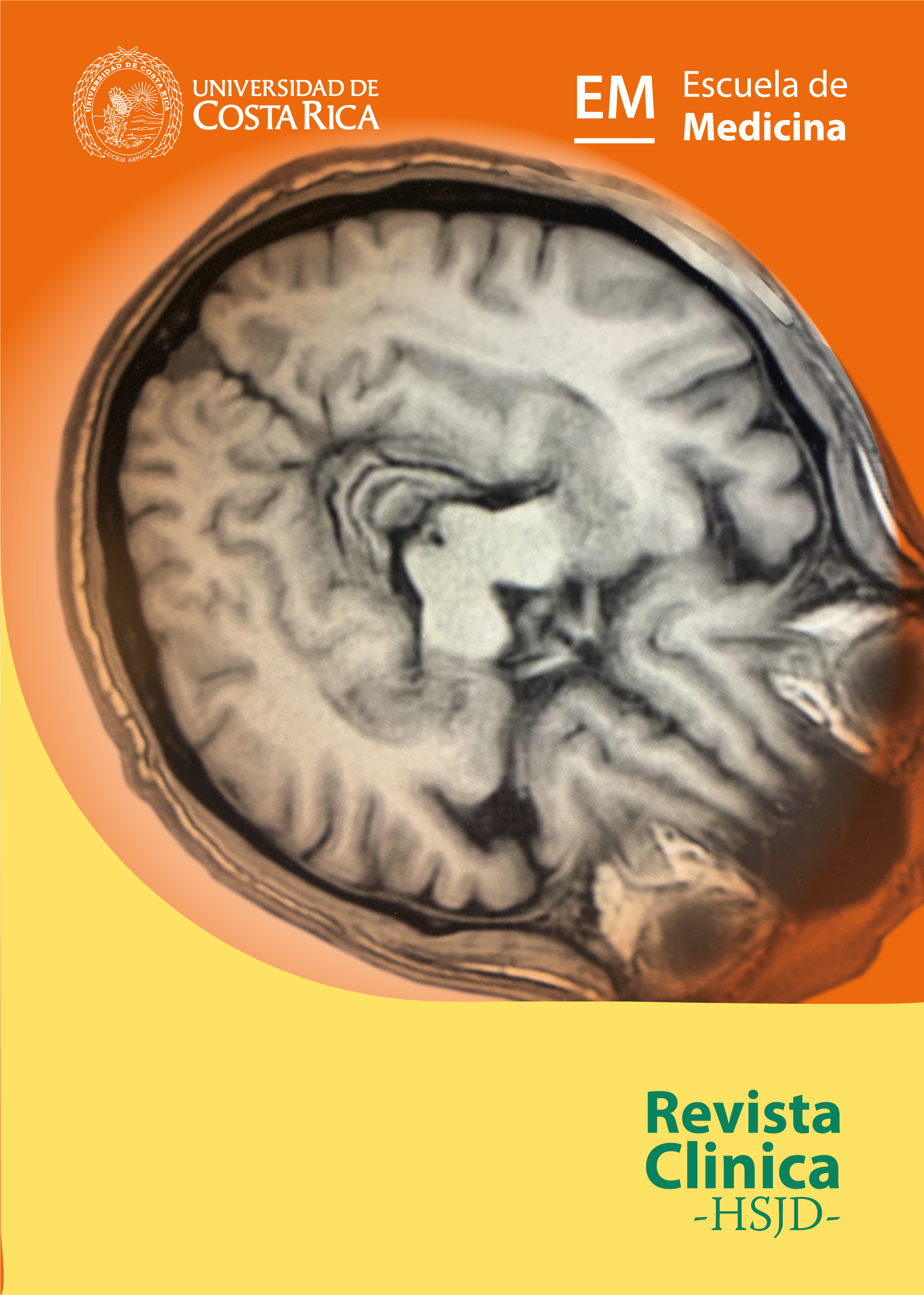Abstract
Sleep is a physiological and reversible state of consciousness, in which there is a partial and temporal disconnection from the environment and an increase in the threshold of responsiveness to external stimuli. The human being spends around a third of his life asleep.
Multiple benefits and functions of sleep have been described and it is known that sleep deprivation has detrimental consequences for health.
Neurophysiologically, there are two mayor stages of sleep, non-rapid eye movement sleep (which also has three stages N1, N2 and N3) and rapid eye movement sleep. Also, in sleep, there are numerous regulatory systems involved such as sleep-promoting and wake-promoting centers and REM sleep promoters and inhibitors. These systems use a variety of neurotransmitters, like orexin, which can promote or inhibit wakefulness. The transition between awake and asleep is regulated by a flip-flop switch system that makes it subtle and quick. Furthermore, this transition is regulated by two processes; the S process, which is a homeostatic one, related to the wakefulness hours and the C process or the circadian process, which is regulated by the suprachiasmatic nucleus. Proper knowledge of the neuroanatomy and neurophysiology of sleep is necessary to understand the physiopathology and the treatment of the sleep disorders.
